My Cart
There is no product in your Cart
Paint Calculator - Estimate Paint Cost Online With Calculator
Constructing your home or renovating it, we all want the best paint to be used. However, budgets can go high and get you confused on what to choose. With this in mind, we have developed our paint cost calculator that will help you choose the perfect paint for your walls within your budget. With Orientbell Tiles' Paint Calculator, you can easily reduce the confusion around which paint to select for the walls of your home.Using a paint calculation formula, this house painting cost calculator will provide you with an approximate estimate in a simple and easy to understand manner.
Orientbell Tile's Paint Calculator
How to Calculate Painting Costs Accurately?
A paint cost calculator is extremely useful for those who wish to calculate the amount of paint required to cover the surface of a particular area, thereby providing an approximate estimate of the amount the project will cost.
The following factors need to be considered while calculating the painting cost:
1. Measure the Surface Area to be Painted
Take a measurement of the surface to be painted. This can be in square metres or square feet, but keep a note of which. This includes all walls, doors, trims, windows, and other surfaces to be painted.
2. Choose the Right Type of Paint
The type of paint you choose will depend upon various factors such as your budget and the surface being painted. Exterior or interior, glossy or matte, textured paint - there are different types of paints available to choose from.
3. Check the Paint Coverage Rate per Litre
Coverage rate of paint depends on the thickness or viscosity of the paint. Most paint buckets come with instructions printed that will help you determine the coverage rate per litre. This can help you estimate the amount of paint required.
4. Determine the Number of Coats Needed
Are you simply refreshing your walls or doing an all out paint job? This will help determine if you need one coat, two coats, or even more. This will further impact the amount of paint required.
5. Calculate the Price of the Paint
Paint is priced per litre, and is sold in different sized buckets. The cost per litre varies according to the type of paint and this information can be determined in store or on the manufacturer's website.
6. Include Labour Charges in the Estimate
The cost of labour can depend on various factors such as your location, the skill of the labourer, do they work hourly/daily or on a project basis, and the complexity of your project. It is best to predetermine this so that there are no surprises in the future.
7. Account for Clean-up Costs
Is the cost of clean up included in the painter's fee, or do you need to pay extra? Cleaning up after painting is messy and could involve stains on the floors or furniture. Make sure you clear this.
8. Factor in Equipment and Tools Cost
Painting the space involves some basic equipment such as rollers, brushes, tapes and cleaner liquids. The cost of such equipment should be accounted for when budgeting the cost of painting.
Once all this information has been gathered, you can calculate the cost of painting using the following paint calculation formula:
Painting Cost = (Surface Area to Be Covered / Coverage Area of Paint) x Number of Coats Required x Paint Price
Add to this Cost of Labour and Cost of Additional Material (if any)
It is important to note that this is a very basic and straightforward way of estimating the rough cost - the actual costs may differ. It is best to invite quotes from professionals to determine a more accurate cost.
Essentials of Home Painting - Coverage Area & Number of Coats
Primer Coverage and Coats Required
Primer is a substance that is spread over the surface to be painted so that the paint adheres better. A primer is not the final finish, it is a pre finish to prepare the surface for the paint. Similar to paint, 1 litre of primer can cover almost 100 sq. feet of paintable area.
Paint Coverage and Coats Required
Paint is usually a liquid substance that is used as a final coat on surfaces as a decorative and protective element. On average, 1 litre of paint can cover almost 100 sq. feet of paintable surface.
Putty Coverage and Coats Required
Putty is a paste prepared to fill in the gaps and minor dents in order to create a level surface. Often, a putty covered surface needs to be coated with a primer before you can paint it. The amount of putty depends on the surface area that is being painted.
Coverage Area per Litre of Paint
- Spray-painting a surface can cover more area than using a roller or a brush.
- To know the exact coverage area of your paint, refer to the manufacturer's instructions - each paint bucket usually has the coverage area written on it.
Ideal Number of Coats for a Perfect Finish
A “coat” essentially refers to the layers of paint.
- One coat refers to a single layer of paint. 1 coat is often enough if you are repainting or covering minor damages.
- Two coats refer to two layers of paint. While doing a fresh paint job or changing the colour scheme, 2 coats of paints are required for full coverage.
Tips to Reduce Your House Painting Costs Without Compromising Quality
Building or even rebuilding your house can be expensive. There are some ways to ensure you save as much as you can without compromising quality. Here are some helpful tips -
- Bulk Buying is saving - The bigger containers are cheaper compared to many smaller ones. You are also more likely to get better rates when you buy in bulk. Another cost-effective way is to look out for bulk discounts that may be offered during certain seasons or festivals.
- More coverage means less paint - If your paint has good coverage, then the amount of paint reduces, reducing your costs automatically. It also saves your labour costs spent on applying multiple coats to get a finished look.
- Check for off-season - Low traffic periods can be beneficial, especially in terms of labour costs.
- Try DIY for the surface prep - Preparing the surface for painting often includes labour tasks that can take up to days. You can think of taking this task up to prevent racking up your budget. However, the smooth and even finish by a professional is unmatched.
Look for used tools and supplies - When starting a new project, you don't need to buy new ones. Just look for used supplies and tools that can help you without slowing down your task.



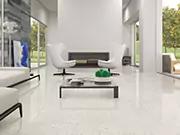
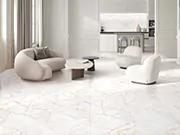
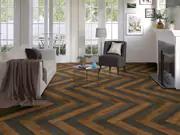
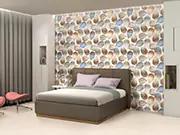
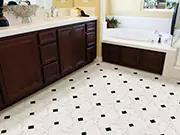
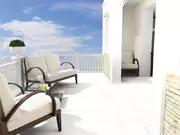
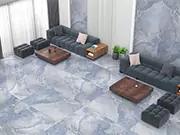
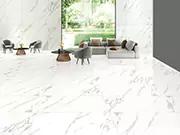
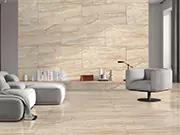

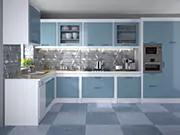
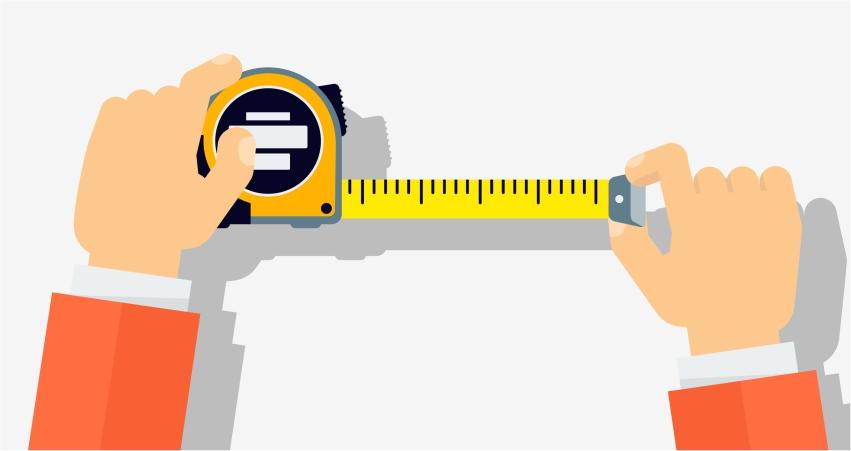
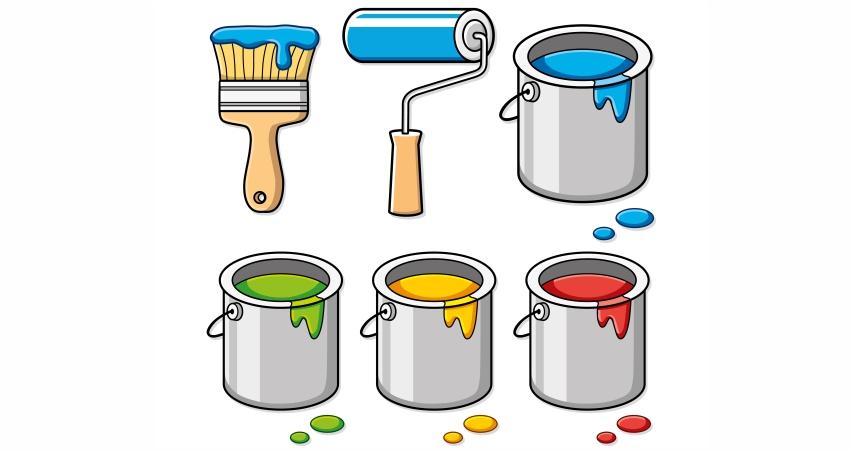
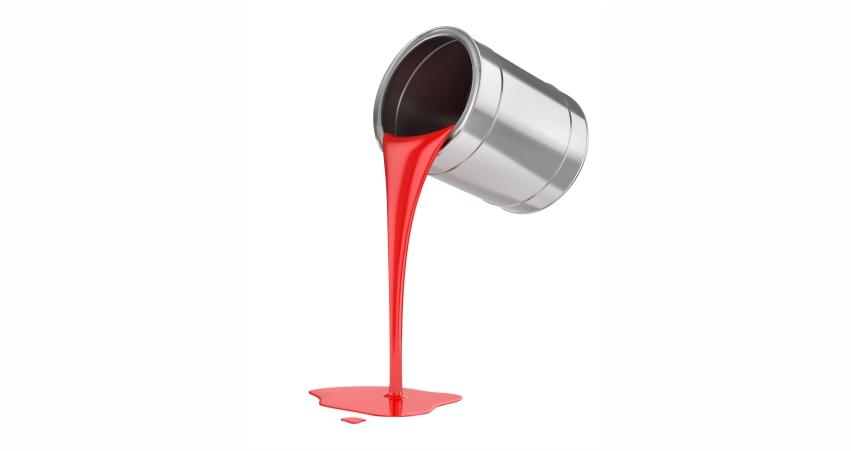
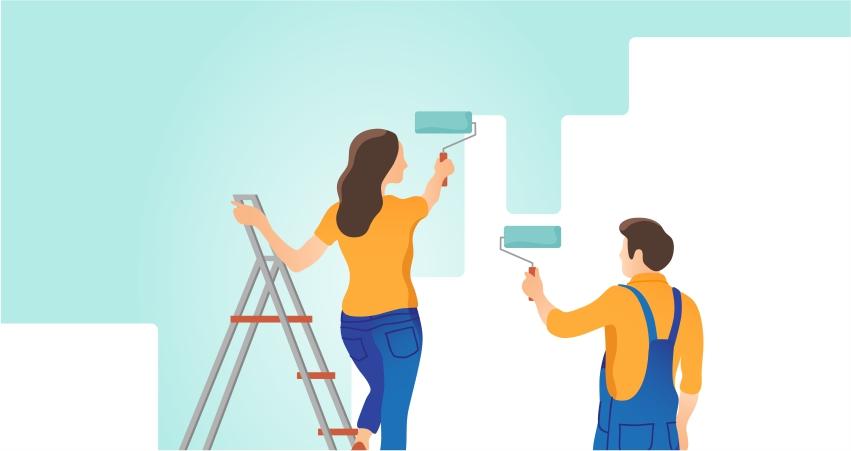
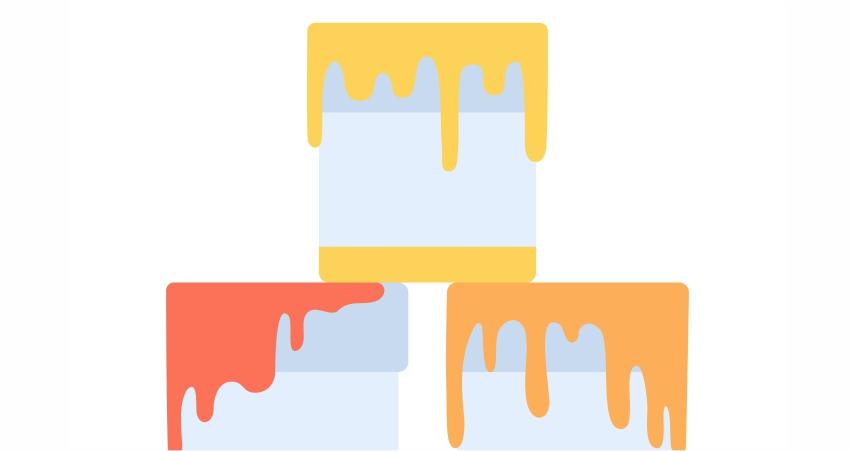
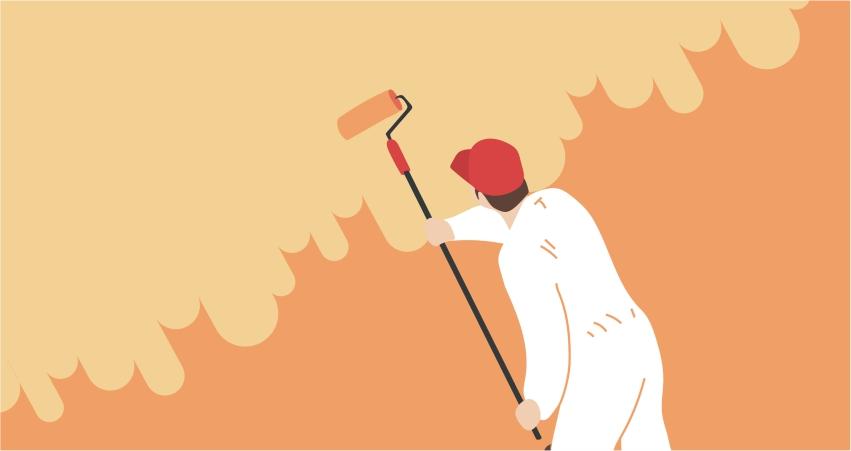
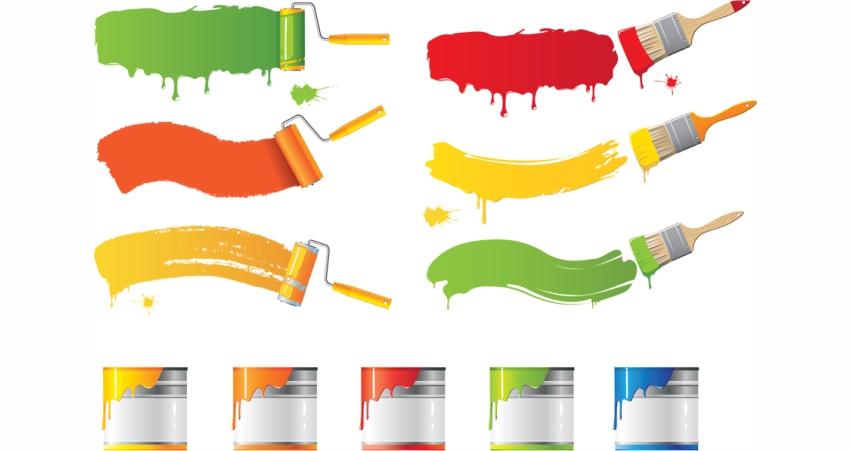
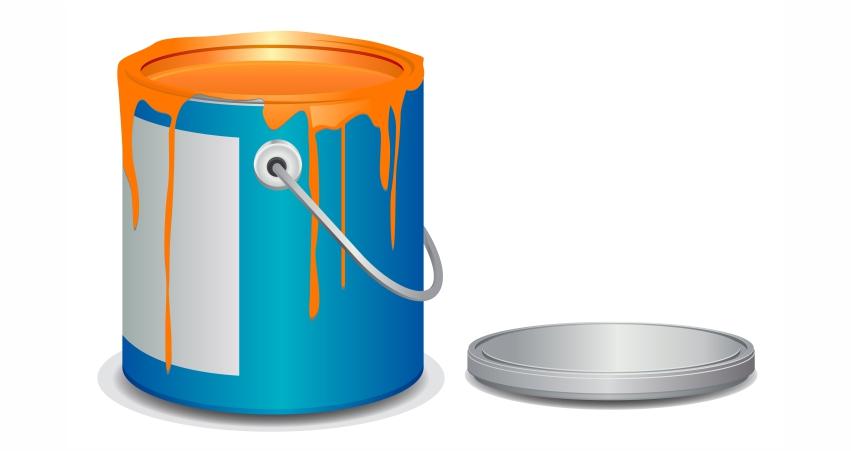
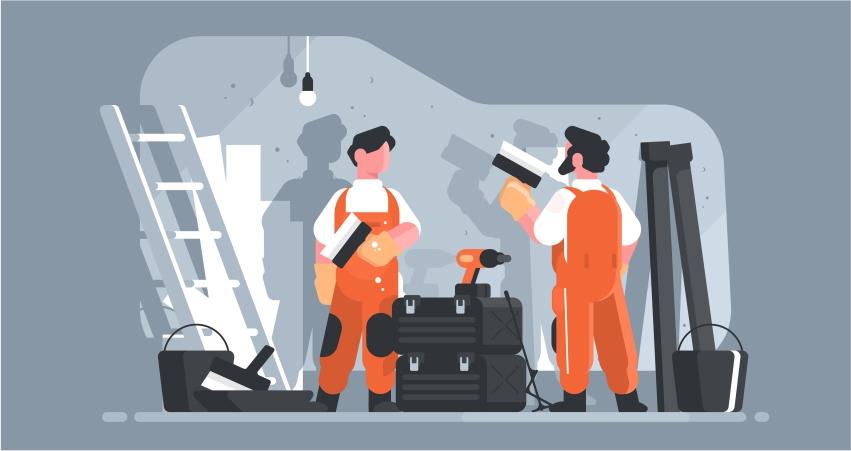
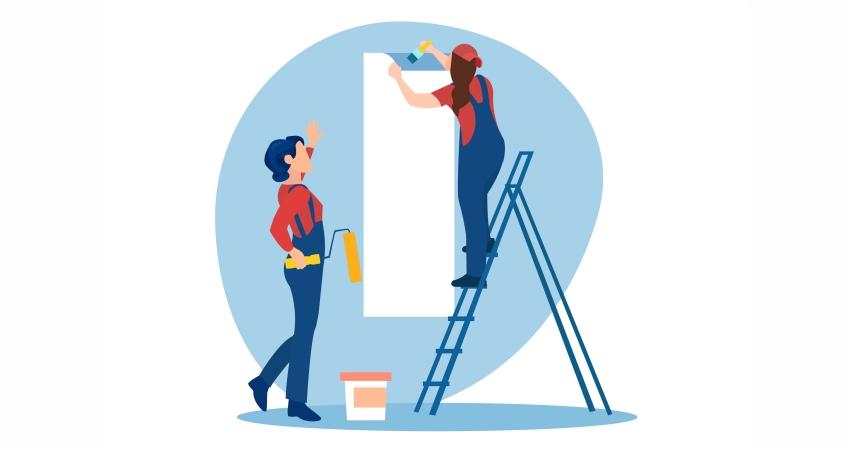

 DOWNLOAD CATALOGUE
DOWNLOAD CATALOGUE